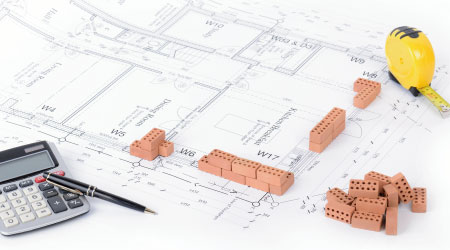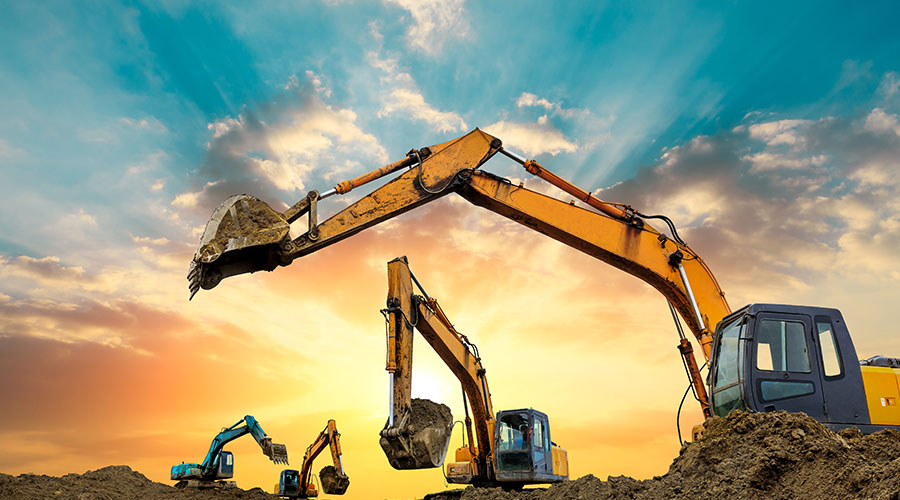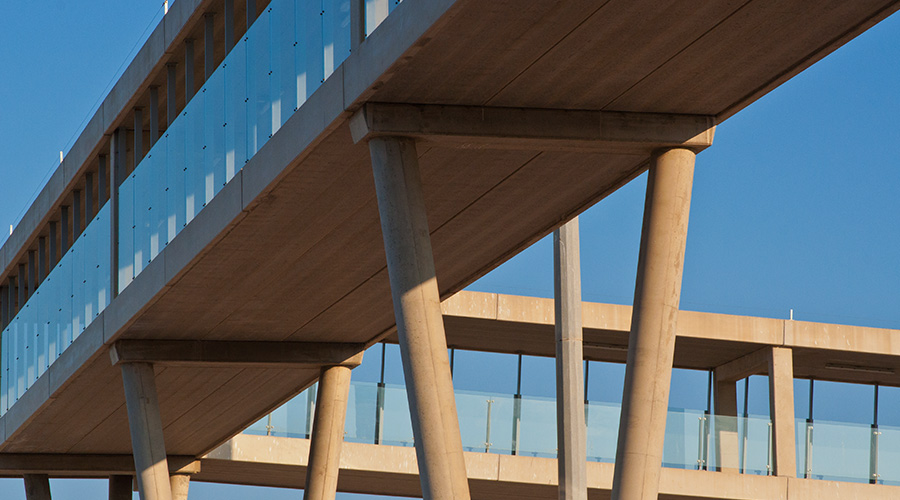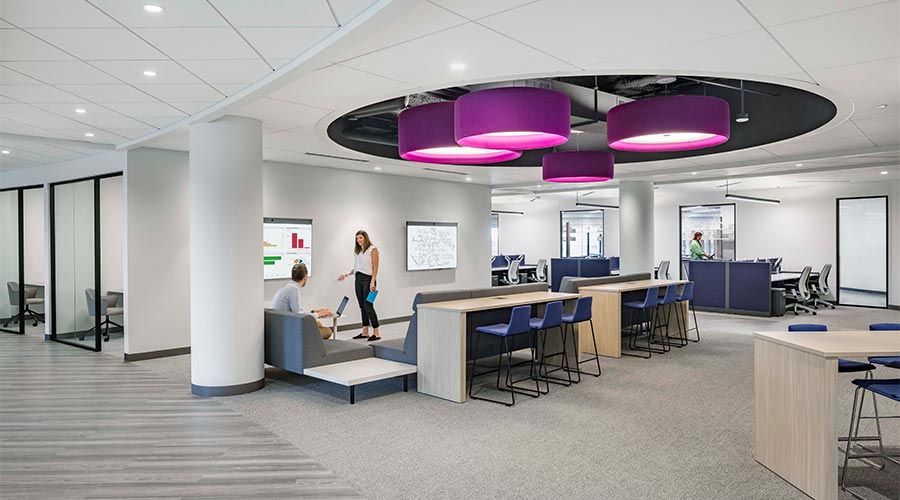For Construction Projects, Be Sure to Check the Spec
A crucial part of a facility manager’s job is to ensure that the specifications documents are accurate. Here’s a case study at a highly specialized facility that can serve as a cautionary tale.
Sometimes being a facility manager requires being a construction manager too. When you’re involved with any capital project large enough that it involves architects, engineers, a general contractor, and multiple contractor trades, one critical task is to thoroughly check the spec. Specifications are the blueprints for the building, but in word form instead of drawings. No one likes reading a long, monotonous specification book. It’s usually much more interesting to review blueprints.
While extensive blueprint review is essential, the project specifications must not be overlooked. Don’t assume that just because the architects, engineers, and contractors are highly competent professionals that there won’t be mistakes in construction documents, even after they have been reviewed dozens of times. The following case study is an example of what can happen when a single line in a specification is incorrect and no one catches it.
A very popular butterfly house was completed in 2018. The facility is a 30,000-square-foot experience with nearly 10,000 square feet of climate-controlled greenhouse filled with tropical plants and exotic butterflies from Africa, Indonesia, Latin America, and other far reaches of the world. Even in January when it’s snowing outside, you can walk into this conservatory and feel like you’re entering paradise. A light mist settles on you from above a verdant rainforest canopy. Water splashes down rock faces, flowing into a calm pond. And brilliantly patterned butterflies lazily float past to land on a child's colorful shirt. But behind this dreamy landscape, is a nightmare for the facilities team! All because someone didn’t check the spec.
Hydronic fin tubes, that run in a continuous loop around the building, circulate 180-degree water from a two-stage, noncondensing boiler in an adjacent mechanical room. This radiant heating system alone is responsible for providing enough heat to simulate the natural climate of the exotic flora and fauna. It is operated by a sophisticated climate control program that measures and then adjusts to outside temperature, solar heat gain, wind, and inside temperature and humidity. Shade cloths, a misting system, low speed fans, louvered windows, and exhaust fans are some of the other equipment controlled by this program to maintain appropriate climate conditions between 70 and 90 degrees Fahrenheit -- or, at least, that’s what it was supposed to do.
When the specification was being written for the heating requirements, incorrect information was given and the right experts were not consulted. This specialized greenhouse required a system design criterion of 70-degree deltaT (deltaT = difference between the minimum required temperature and the lowest outside temperature). The specification was written as a deltaT of 50 degrees. No one caught this mistake during planning or construction. In fact, no one noticed it until a while after the boiler was commissioned in September of 2018. The boiler was not able to keep up against the cooling nighttime temperatures. Not only were thousands of butterflies beginning to make this their home, but hundreds of thousands of dollars of tropical plants had just been planted. The heating system was critical because just one night of not maintaining adequate temperature could kill everything in the greenhouse. The plants would be especially difficult to procure and replace. Not only would the direct cost of replacement be devastating, but once the experience opened for business, a failure of the heating system would shut the operation down and cost months of lost revenue.
By mid-October, the facilities team was scrambling to get enough temporary heaters set up every night to fight the ever-lower temperatures. When it came to light that the system had been designed to an incorrect spec, the design team and contractors came together with the owners to quickly come up with a redesign.
Complicating things further, the incorrect spec was not the only issue. There were other design flaws causing the boiler to frequently go into fault on “High-Temp Limit” and shut down. The non-condensing boiler was showing signs of corrosion from condensing and sometimes it would overpressure. The boiler was not running well enough to output the BTUs that it was rated for. And even if it had been running optimally, there was not nearly enough fin tube to distribute the amount of heat needed. By this point the team realized the critical nature of the system and the fragile position they were in because of this boiler situation. They decided that designing redundancy into the system was vital.
The redesign project would cost a quarter of a million dollars. It was to include a second boiler and the addition of almost double the amount of existing fin tube. The new boiler would also have the ability to modulate up and down with load demands to allow for more even temperatures to be maintained (the original two-stage boiler could only run at half capacity or full capacity).
The project was fraught with problems and delays from the start. It would be the middle of the following winter before the new boiler and fin tubes were up and running. Facilities staff took turns spending many long nights babysitting boilers, setting up temporary and supplemental heat, and trying to keep the greenhouse alive.
Problems were not over once the redesigned system was in place. Both boilers continued to struggle well into 2021. A significant portion of the contract amount was withheld by the owners due to the ongoing warranty issues. This became a sore point between the owners, the contractor, and the design team. But a resolution was eventually negotiated and most of the retained money was redirected to bring in another contractor (factory certified boiler rep) to correct mistakes and dial in the system. After three long years of headaches, sleepless nights, constant problems, and a lot of money, the facilities team could finally move on to other matters.
The incorrect specification of deltaT 50 degrees was clearly not to blame for all of the issues experienced. There were design flaws, installation mistakes, parts failures, chronically unfulfilled contractor commitments, and perhaps most critically, the fact that no one identified the critical nature of the system earlier on, with its necessity for redundancy and back up measures. Checking the spec thoroughly doesn’t solve everything, but it is a critical step that is often not given enough attention and can greatly reduce the complexity of problems and the accompanying costs of time, money, and lots of gray hair.
Josh Sylvester is director of facilities for Thanksgiving Point.
Related Topics:












